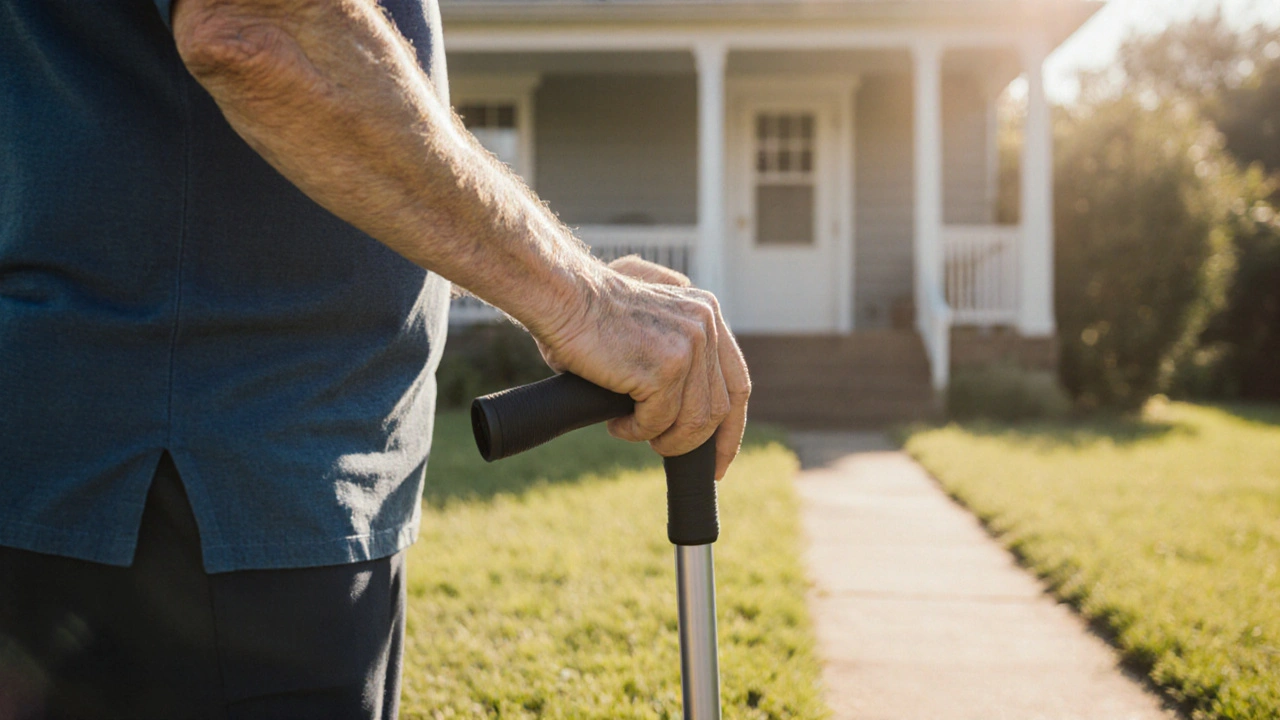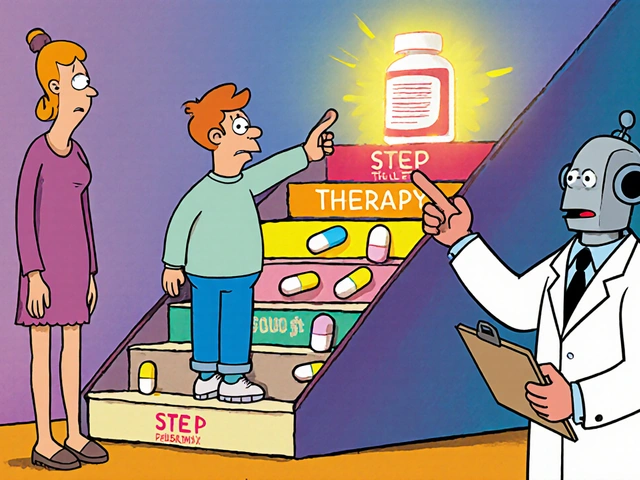Canes for Osteoarthritis – Choosing the Right Mobility Aid
When dealing with osteoarthritis, a well‑chosen walking aid can make a huge difference in daily comfort. canes for osteoarthritis, specialized canes designed to support weakened joints and improve stability. Also known as osteoarthritis walking sticks, they reduce joint load, help maintain proper posture, and let you move with confidence.
How Mobility Aids and Physical Therapy Work Together
Understanding the role of mobility aids, devices such as canes, walkers, and crutches that assist movement is key. These tools shift weight away from painful knees or hips, which directly lessens stress on cartilage. At the same time, physical therapy, targeted exercises and manual techniques to strengthen muscles around the joint builds the support that a cane can’t provide on its own. The combination creates a feedback loop: the cane lets you stay active, activity keeps muscles strong, and strong muscles further reduce pain.
When picking a cane, look for ergonomic handles that fit your hand size, a shaft length that allows a slight bend at the elbow, and a sturdy tip that grips well on different surfaces. Adjustable height models let you fine‑tune the fit as swelling changes throughout the day—a common issue for osteoarthritis patients. Some canes even feature shock‑absorbing technology, which dampens the impact on each step and protects both the cane and your joints.
Beyond the hardware, think about how the cane fits into your overall pain‑management plan. If you already use NSAIDs or topical creams, a cane can reduce the dosage needed by decreasing joint load. For people on physical‑therapy regimens, the cane provides safety during balance drills, letting you practice gait training without fear of a fall. It also serves as a cue for proper weight‑bearing patterns, reinforcing the therapist’s instructions.
One practical tip: test the cane while walking on both flat and uneven terrain. Osteoarthritis often flares up on stairs or uneven sidewalks, so a tip that slides or squeaks can undo the benefits. A rubber or carbide tip offers good grip on tile and carpet, while a larger base tip improves stability on grass or gravel.
Weight‑bearing considerations are another factor. For moderate knee osteoarthritis, a single‑point cane on the opposite side of the affected knee can offload up to 20 % of body weight. In more severe cases, a quad cane or walker may be needed to shift up to 40 % of weight. Knowing the degree of joint degeneration helps you choose the right level of assistance without over‑relying on the device.
Maintenance matters too. Clean the tip regularly to prevent dirt buildup that reduces traction. Replace worn tips every few months—most manufacturers recommend a new tip after 300‑500 steps on hard surfaces. A well‑maintained cane not only lasts longer but also keeps you safe.
Finally, remember that a cane is a tool, not a cure. It works best when paired with lifestyle changes such as weight management, low‑impact aerobic activity, and regular stretching. When you combine these habits with the right cane, you’ll notice better mobility, less pain, and a boost in confidence that encourages you to stay active.
Below you’ll find a curated list of articles that dive deeper into each of these topics—from detailed product reviews and how‑to guides to the latest research on joint health and mobility aids. Browse the collection to find the exact information you need to make an informed choice and start moving more comfortably today.




